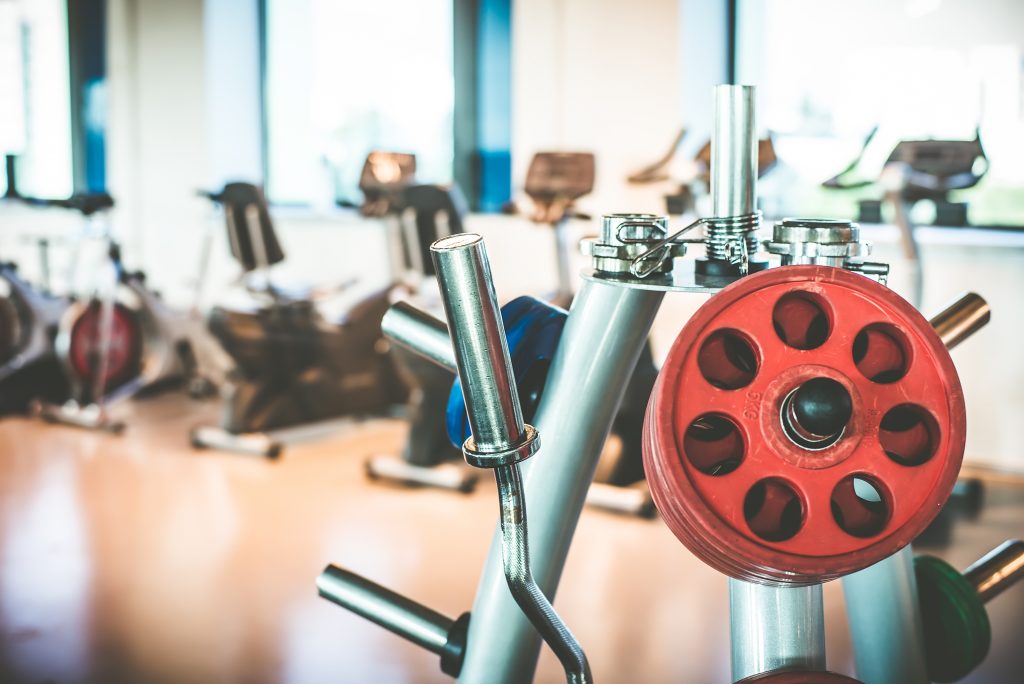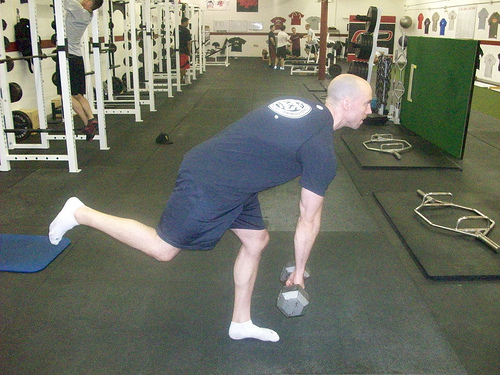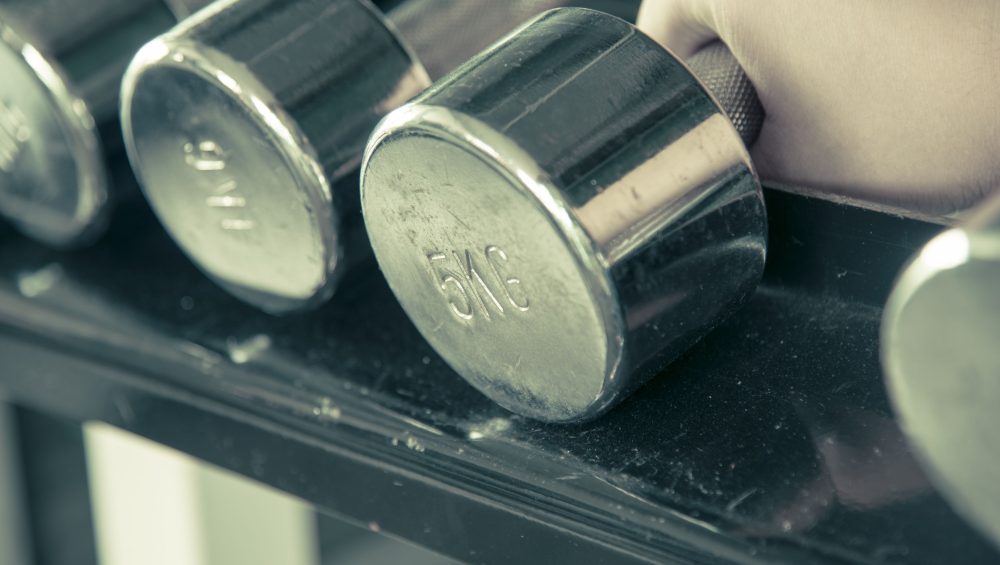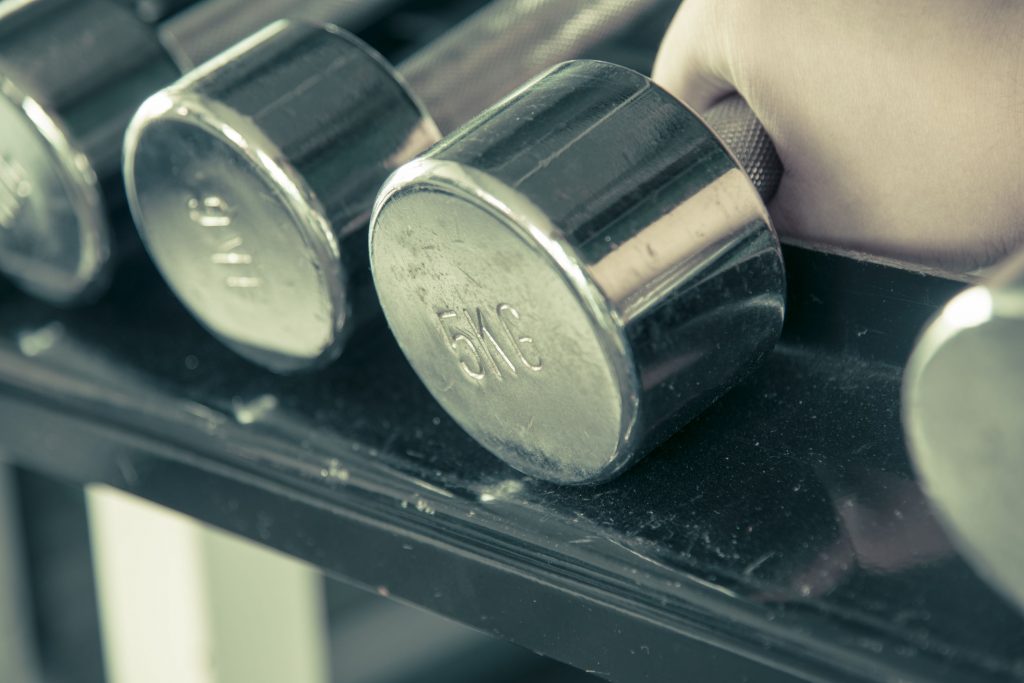I know the name of today’s Exercise You Should Be Doing seems like a mouthful, but I promise it’s easier done than said.
More cogent to the point is that it’s one of my new favorite drills to help trainees groove the Single Leg RDL.

I’ve Written About This Shit Before
I view the Single-Leg RDL as a valuable movement to master. I think it behooves1 most people to be able to do it, and do it well.
And while I’d like to sit here and say that mastering the 1-Legged RDL will help you jump seven inches higher, run a sub-10s 100m dash, shed 25 lbs of fat, add 50 lbs to your squat, and help cure male pattern baldness…it won’t.
But it’s still a pretty fuckin important movement pattern to add to your training menu for a variety of reasons.
Off the top of my head:
-
- Helps improve posterior chain strength (glutes, hamstrings, erectors).
- Helps correct left-right strength and size asymmetries.
- Can be used in both a rehabilitation AND strength training setting.
- Phenomenal for hip stability and strength.
- Challenges the body in a multi-faceted way – namely proprioception and balance.
- Trains the feet (you learn how to “root”” your foot into the ground).
- Also, and maybe most important of all, improves your Fortnite Dance-off prowess.
All that said, even for people with a fair amount of experience in the weight room, Single-Leg RDLs are about as advanced as they get as far as single leg movements go.
Here, a lot of things have to harmoniously come together (core stability, hip stability, upper back strength, balance, hip hinge, etc) in order to perform the movement effectively, and in a fashion that doesn’t make me want to throw my face into a brick wall.

The LAST thing I’m going to do with the bulk of people I start working with – especially in the beginning stages – is to put weights in their hands and have them RDL to their hearts content.
A lot of things need to happen first.
As with any exercise, there’s a right of passage and a natural progression that needs to take place.
Oh, and it just so happens I wrote an article a few months ago detailing many of the Single-Leg RDL progressions I use with my clients/athletes HERE.
It’s pretty good. I believe it’s up for the Pulitzer.2
To that end I wanted to share with you another viable RDL progression I learned recently that you can add to the mix.
Bench Assisted ValSlide RDL w/ Reach
Who Did I Steal It From? – My friends over a Warhorse Barbell Club in Philadelphia, PA.3
What Does It Do? – Using a bench as a support helps to keep the backside “stable” as one extends their moving leg back. In addition it helps to prevent the pelvis from rotating to one side or the other.
Also, the reach forward is important here because it inspires a posterior weight shift which many trainees have a hard time with out of the gate.
Key Coaching Cues – The beauty of this drill is that it’s proper execution keeps people honest. If the hips rotate, the ValSlide falls off the side of the bench, the “sliding component” helps to groove a long (and stable) backside, and the reach helps prevent excessive rounding of the upper back.
I like to stick with a med ball for a few weeks, and once someone feels competent with that I can then add a pair of dumbbells or kettlebells as a progression.





